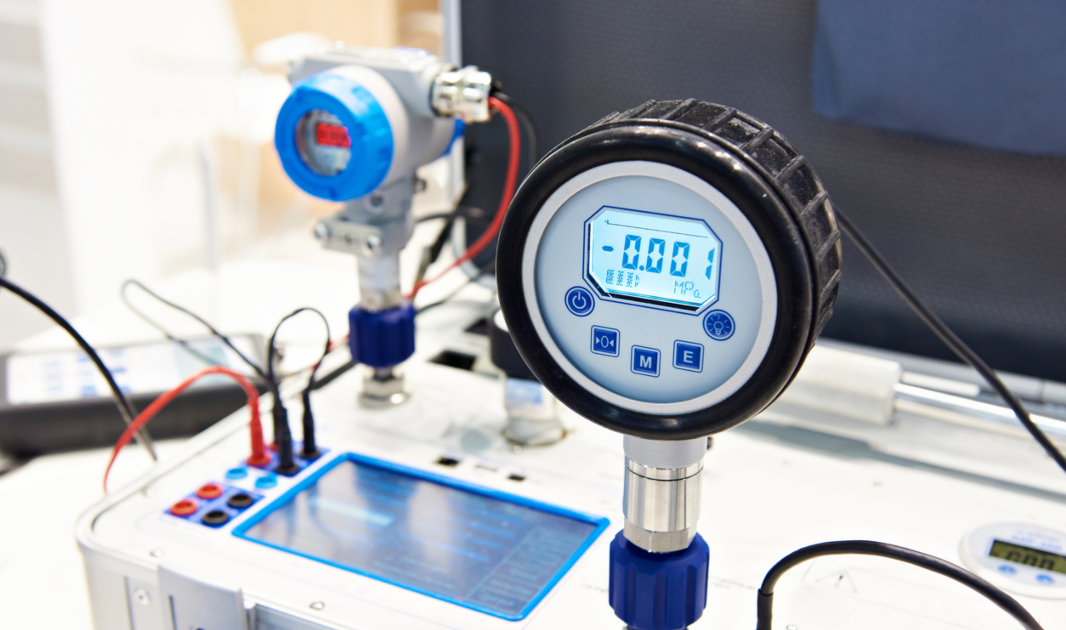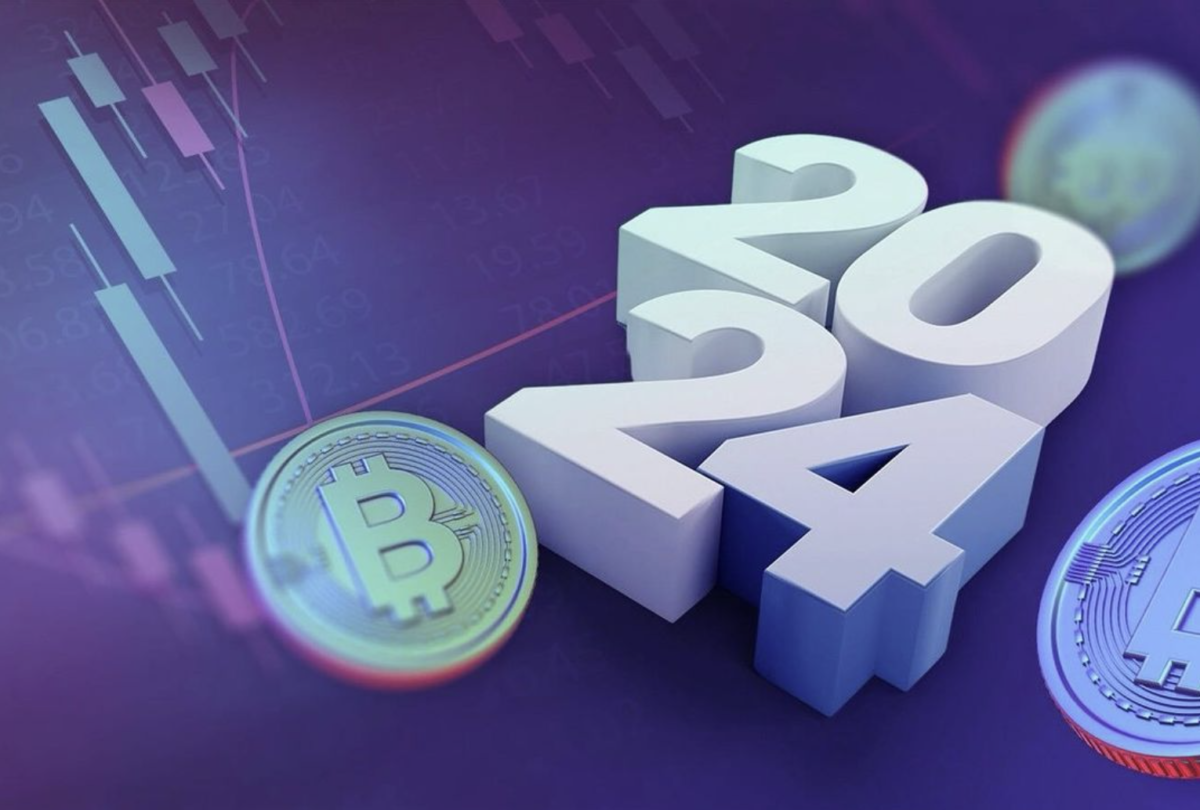In any scientific endeavor, the accuracy and reliability of results hinge significantly on the precision of laboratory equipment. This is where laboratory equipment calibration and maintenance come into play. Ensuring that equipment is accurately calibrated and properly maintained not only upholds the integrity of research but also adheres to industry standards. Let’s explore the ins and outs of laboratory equipment calibration and laboratory equipment maintenance.
What is Calibration?
Calibration is the process of adjusting and verifying the accuracy of measuring instruments and equipment. This process ensures that the equipment provides results that are consistent and reliable. Calibration is crucial in laboratory settings because even the slightest error can lead to significant deviations in results, affecting research outcomes and compliance with regulatory standards.
Common laboratory equipment that requires calibration includes balances, pH meters, thermometers, and spectrophotometers. Each piece of equipment has its own specific calibration needs, making it imperative to understand the requirements of each device.
The Calibration Process
The calibration process involves several critical steps:
- Preparation: This includes gathering the necessary equipment, documentation, and standards for calibration.
- Adjustment: The equipment is adjusted to align with the known standards.
- Verification: After adjustments are made, the equipment is tested against the standards to ensure it meets the required specifications.
- Documentation: Proper records of the calibration process must be maintained, including any adjustments made and the results of the verification.
The frequency of calibration depends on various factors, including the type of equipment, how often it is used, and the manufacturer’s recommendations. Generally, equipment used frequently may require more regular calibration.
Why Calibration Matters
Calibration plays a pivotal role in ensuring the accuracy and reliability of laboratory results. Without regular calibration, equipment can drift out of specification, leading to erroneous results that can compromise experiments and analyses. Moreover, many industries have stringent regulatory standards that mandate regular calibration of laboratory equipment. Adhering to these standards not only helps maintain compliance but also enhances the credibility of the laboratory.
Laboratory Equipment Maintenance
Laboratory equipment maintenance is an essential aspect of laboratory operations. Regular maintenance helps prolong the lifespan of equipment, minimizes downtime, and ensures accuracy in results. Key practices for effective laboratory equipment maintenance include:
- Routine Inspections: Regularly checking equipment for wear and tear can identify issues before they become serious problems.
- Cleaning and Servicing: Keeping equipment clean and serviced according to the manufacturer’s specifications is crucial for optimal performance.
- Record Keeping: Maintaining logs of all maintenance activities can help track the performance and reliability of equipment over time.
Common Laboratory Equipment and Their Calibration Needs
Certain types of laboratory equipment have specific calibration needs. Here are a few common examples:
- Balances and Scales: Regular calibration is necessary to ensure weight measurements are accurate.
- pH Meters: Calibration with standard buffers is essential for ensuring accurate pH readings.
- Spectrophotometers: These devices need to be calibrated regularly to ensure that they provide accurate absorbance or transmittance readings.
Challenges in Laboratory Equipment Calibration
Calibration can present several challenges, such as:
- Environmental Factors: Temperature, humidity, and vibration can affect calibration results.
- Complex Equipment: Some sophisticated instruments require specialized knowledge and expertise to calibrate properly.
To overcome these challenges, it’s essential to follow established procedures, employ skilled personnel, and use calibrated standards that meet regulatory requirements.
The Role of Calibration Certificates
Calibration certificates are crucial documents that provide evidence that a piece of equipment has been properly calibrated. These certificates contain important information, including:
- The equipment’s identification
- Calibration results
- The standards used
- The date of calibration
Maintaining these records is vital for compliance, quality assurance, and tracking the history of the equipment.
Best Practices for Laboratory Equipment Calibration
To ensure effective calibration, consider the following best practices:
- Develop a Calibration Schedule: Regularly schedule calibrations based on usage and manufacturer recommendations.
- Use Qualified Personnel: Ensure that trained technicians or third-party services perform calibrations.
- Document Everything: Keep thorough records of calibration procedures, results, and any adjustments made.
Technology and Innovation in Calibration
The field of laboratory equipment calibration is evolving with advancements in technology. Innovations such as automated calibration systems and software solutions are making the calibration process more efficient and less prone to human error. These technologies can streamline record-keeping, provide reminders for upcoming calibrations, and facilitate better overall maintenance.
Training and Expertise in Calibration
Having trained personnel for calibration is essential for maintaining laboratory standards. Investing in training programs and certifications for staff can significantly improve the accuracy and reliability of laboratory results. Continued education ensures that personnel are up-to-date with the latest calibration techniques and technologies.
Cost Implications of Calibration and Maintenance
Understanding the costs associated with calibration and maintenance is crucial for effective budgeting. While calibration services may seem expensive upfront, the long-term savings from preventing equipment failure and ensuring accurate results often outweigh the costs.
The Future of Laboratory Equipment Calibration
As technology continues to advance, the future of laboratory equipment calibration looks promising. We can expect to see more automated solutions, enhanced data analytics, and integrated systems that improve accuracy and efficiency. Embracing these trends will be essential for laboratories aiming to maintain high standards of quality and reliability.
Conclusion
In summary, laboratory equipment calibration and maintenance are critical components of successful laboratory operations. Regular calibration ensures the accuracy and reliability of results, while proper maintenance prolongs the lifespan of equipment. By prioritizing these practices, laboratories can uphold the integrity of their work and comply with industry standards.
FAQs
What is the difference between calibration and maintenance?
Calibration verifies and adjusts the accuracy of instruments, while maintenance involves routine care to keep equipment functioning properly.
How often should laboratory equipment be calibrated?
The frequency of calibration depends on the equipment type, usage, and manufacturer recommendations.
Can I calibrate my equipment in-house?
Yes, but it requires trained personnel and appropriate standards to ensure accurate results.
What happens if equipment is not calibrated?
Uncalibrated equipment can lead to inaccurate results, compromising experiments and analyses.
How do I choose a calibration service provider?
Look for providers with industry certifications, positive reviews, and experience with your specific equipment.




